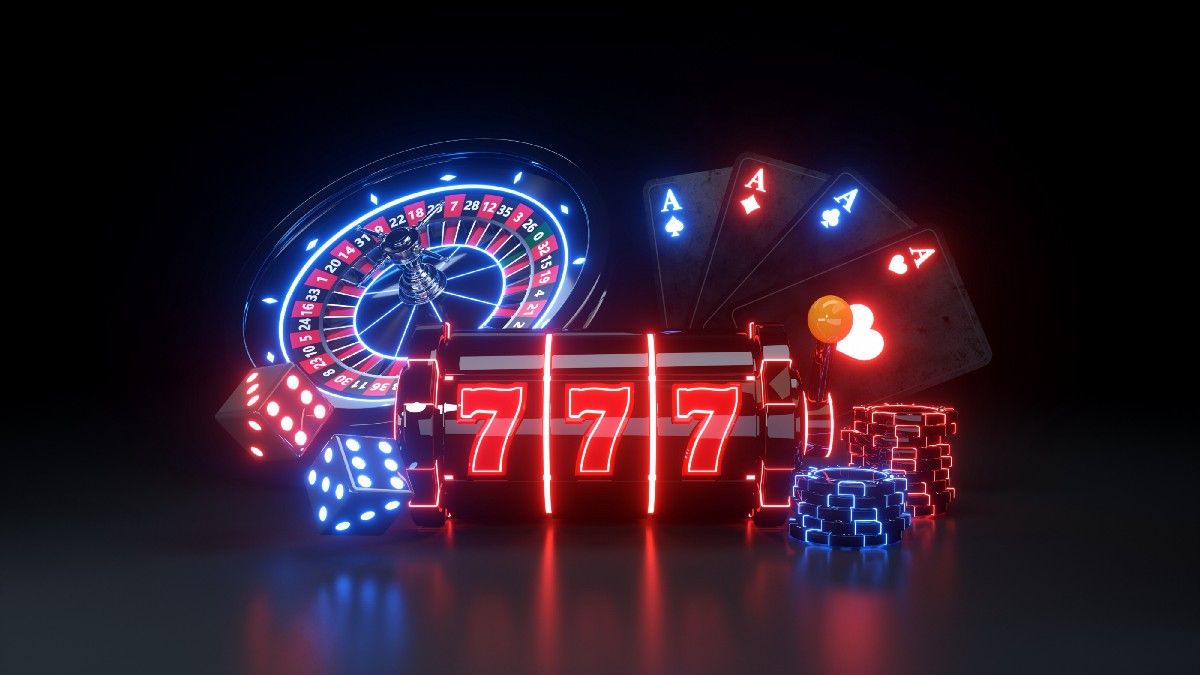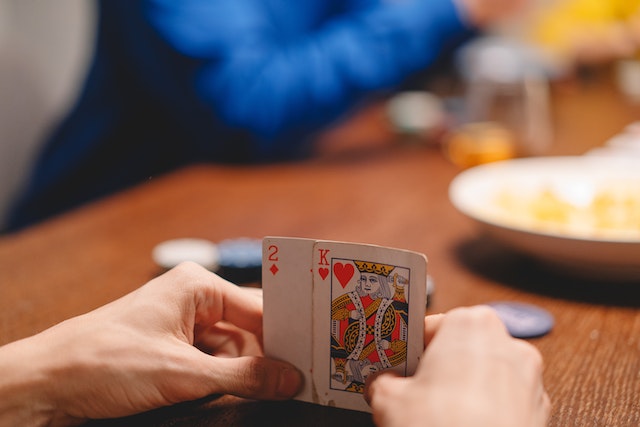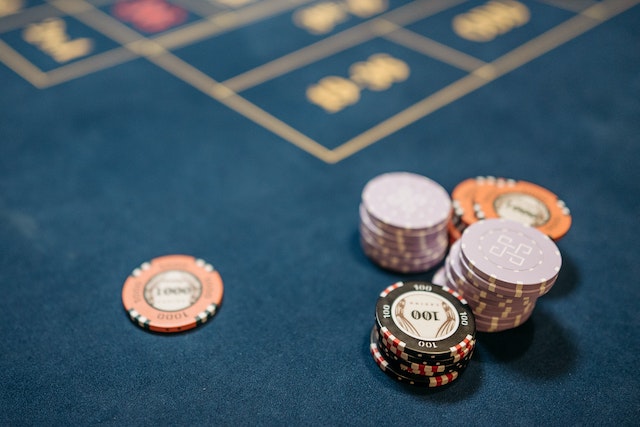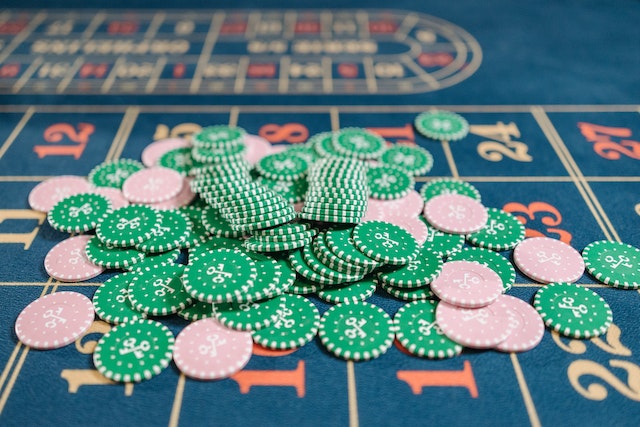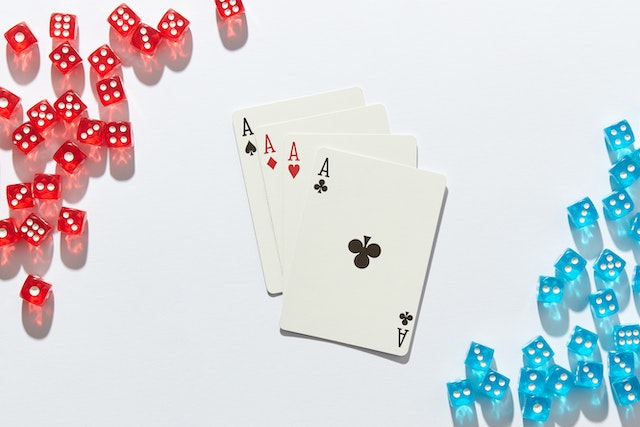How to Spot Rigged Online Casinos: Warning Signs Not To Ignore
Online gambling makes it possible to play casino games in the comfort of your own home. Not all online casinos are fair. Some online casinos are rigged and use deceptive tactics to make sure players never win. You can save time, frustration, and money by identifying a rigged casino. We’ll explore the warning signs you should be aware of so that you can gamble responsibly and safely. If you are looking for a trustworthy platform, be sure to check reviews and recommendations before playing–sites like one-w.in/1win-aviator/ offer insights into legitimate platforms.
Unfair Game Outcomes
Online casinos that are legitimate use Random Number Generators to ensure fair outcomes. You may suspect a casino of being rigged if you see unusually large losses, high house edges or patterns that appear manipulated. You can determine if the games are fair by reading reviews and visiting forums where players share their experiences.
Refunds delayed or denied
A casino that makes it difficult to withdraw your winnings is a fraud. A casino that makes you go through hoops in order to withdraw your winnings, charges unreasonable fees or refuses to pay is likely to be rigged. Check the casino’s policies on withdrawals and reviews from other players before you deposit money.
Transparency
A trustworthy online gambling site will have clear terms and condition, which include payout percentages, bonus conditions and withdrawal policies. A casino that has unclear or confusing terms or offers misleading promotions or charges hidden fees may not be operating fairly.
Poor Customer Support
Casinos that are reliable invest in customer service to help players. This is a red flag if a casino’s support is unresponsive, rude or nonexistent. Test their responsiveness by asking a question prior to depositing money.
Bonuses that are too generous
Online casinos offer many bonuses and promotions, but offers that are too good to believe are often not. If a casino offers huge bonuses but has unreasonable wagering requirements, this could be a trap to prevent players from withdrawing their winnings.
Negative Reviews of Players
Always read what other players have to say about an online casino before you join. Look for complaints on forums, review sites, and social media about unfair play, rigged or fraudulent games. Negative reviews are a sign that the casino is untrustworthy.
Unsecured Websites and Payment Methods
Online transactions require a high level of security. Legitimate online casinos should offer SSL encryption, secure payments, and two-factor verification. Avoid casinos that lack these security features, or offer only shady methods of payment.
The conclusion of the article is:
To spot a rigged casino online, you need to be vigilant and do some research. You can avoid scams by paying attention to things like licensing, game fairness and withdrawal policies. To ensure a fun and safe gaming experience, always check reviews and choose reputable platforms. Always be informed and avoid gambling on sites that cause suspicion.




